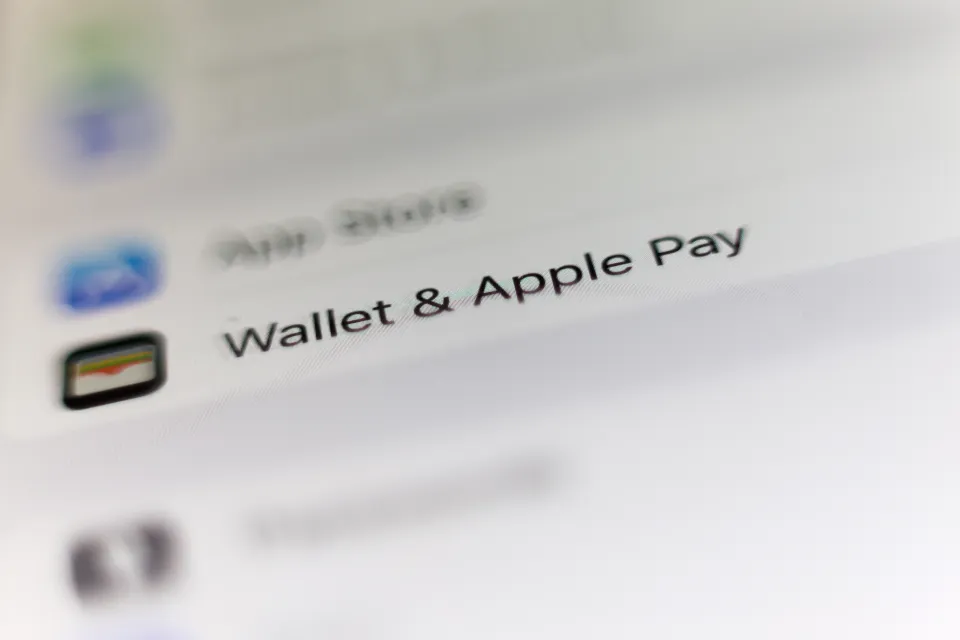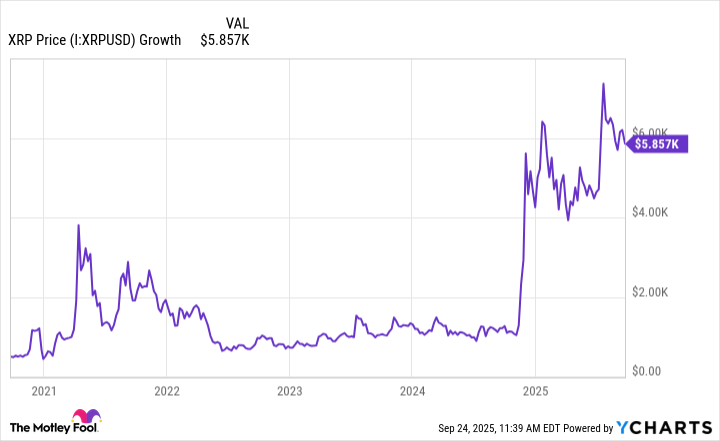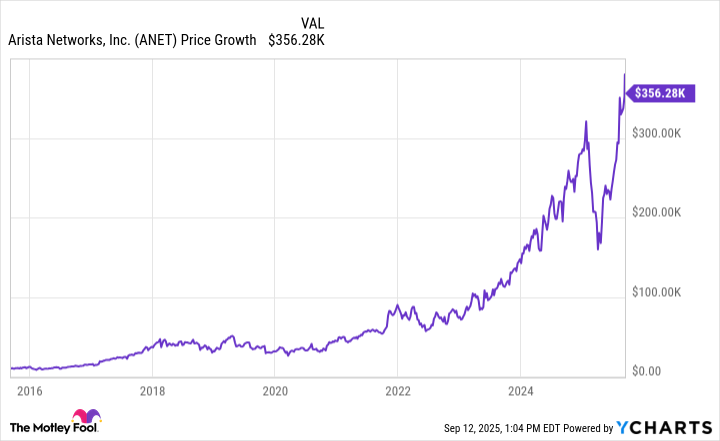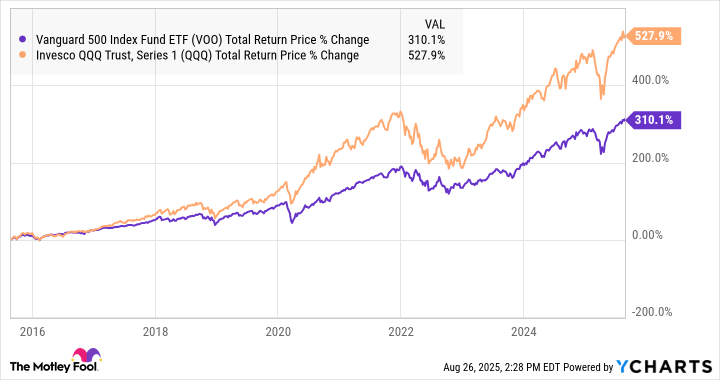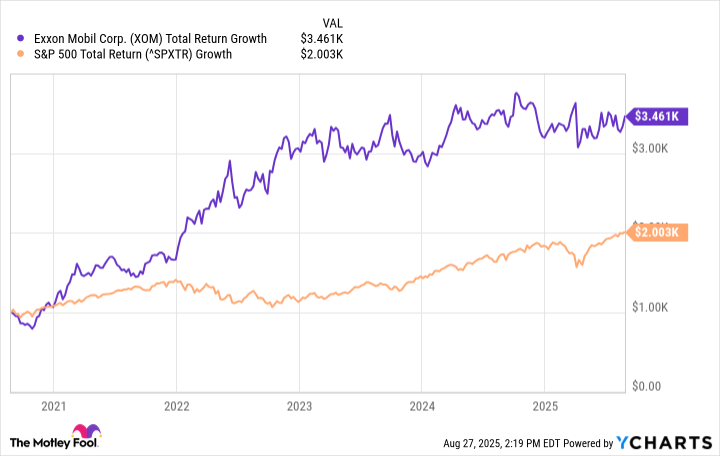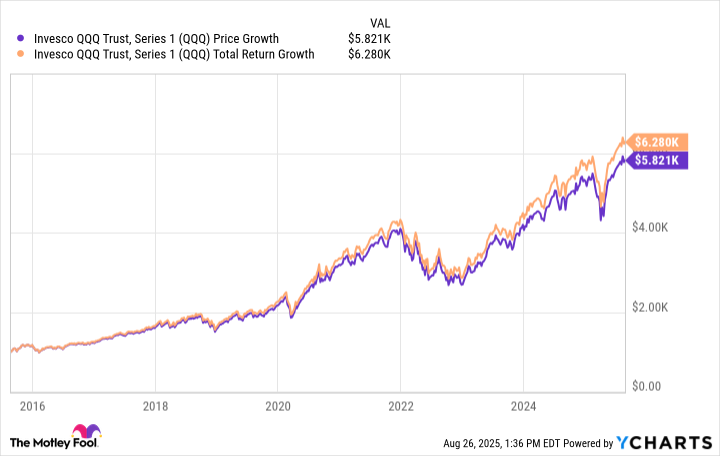An experienced cabin crew assistant and author revealed that on one particular airline there was a special space reserved for the most gruesome eventuality during a flight
There are many unseen happenings that take place on an aircraft while you manoeuvre your way down the narrow aisle trying to locate your seat, store your cabin luggage overhead and settle back for what you hope is a relaxing and smooth flight to your chosen destination.
Cabin crew members often share their secrets of life in the sky and what really goes on, with some grisly warnings of things to avoid when flying.
One experienced assistant has revealed what she’s learnt and witnessed behind the scenes during her years working for a US airline and there’s one quite morbid detail many travellers would never have known about.
READ MORE: Grim plane secret staff won’t tell you as on-board freebie is usually ‘filthy’READ MORE: ‘I was a flight attendant and here’s my secret hack to sit together without paying for it’
Heather Poole has worked for a major carrier for over 15 years and is the author of Cruising Attitude: Tales of Crashpads, Crew Drama, and Crazy Passengers at 35,000 Feet. She has spoken about the rather morbid topic of death on board an airplane.
Although she says it’s very rare for a passenger to die in the air, it obviously does and can happen – although no one officially passes away in flight unless there is a doctor on board to pronounce it.
Speaking to mentalfloss.com, she said that in such challenging circumstances most stewards would rather move the deceased to an empty row of seats where they can be covered over away from other passengers, although this isn’t always possible.
“On these very rare occasions, the crew will do everything possible to manage the situation with sensitivity and respect,” she said. “Unfortunately, most flights are full, so it’s not always possible to move an “incapacitated” passenger to an empty row of seats.”
Heather revealed that one company, Singapore Airlines, decided to get around the problem with a “corpse cupboard”. This she explained was “a compartment for storing a dead body if the situation arises”.
The company installed the locker on its Airbus A340-500 in 2004 next to one of the aircraft’s exit doors. It was big enough to hold an average-sized human body and had special straps to secure the corpse and stop it being moved by turbulence or on landing.
It only chose this particular type of aircraft for the cupboard because it operated on extra long haul flights from Singapore to New York and Los Angeles. The routes had some of the longest distances in the world, with flight times of 18-19 hours. The fleet was retired in 2013-14 and the lockers aren’t used on any other airlines currently.
While Heather said she thankfully hasn’t had to deal with a death on board, her room mate has – and in some rather strange circumstances. She revealed that her friend realised a passenger was trying to sneak a dead body on the flight.
“She knew the man was dead the moment she saw him looking grey and slumped over in a wheelchair, even though his wife and daughter assured her he was just battling the flu,” she said. “Midway through the flight, the plane had to make an unscheduled landing when it became apparent that no amount of Nyquil was going to revive him.”
READ MORE: Holidaymakers snap up ‘super quick drying’ beach towels with 50% off until Thursday





